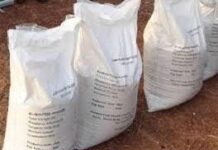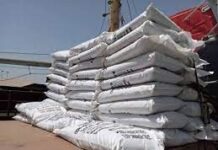with Abdoulie Dibba
This Column is meant to monitor and report on issues that concern the people of the rural area in terms of how  they are facilitating or hindering their development.
they are facilitating or hindering their development.
Rural development experts have argued that in order to broaden the opportunities for rural poverty reduction and economic growth, there is need for a broad approach to rural growth and emphasis on the larger rural non-farm economy.
They went further to state that a focus on these two areas:- smallholder agriculture and the rural non-farm economy, require particular attention and increasing investment in four issues namely:-
Improving the overall environment of rural areas to make them places where people can find greater opportunities and face fewer risks, and where rural youth can build a future.
To do this, rural development experts have argued that greater investment and attention are needed in infrastructure and utilities, particularly roads, electricity, water supply and light scale industries.
It is apt to state that increasing the population’s access to safe drinking water and basic sanitation dramatically reduces their susceptibility to water-borne diseases and increase their likelihood (especially for women and children) of not incurring additional expenses related to treatment.
The Gambia is endowed with groundwater resources.
However, it was stated in ANR Policy that the water reserves would be assessed across the country to rationalize their use within the forthcoming years.
Presently, an unknown number of traditional wells, estimated at no less than 10,000, are found in the Gambia. These are unlined wells dug into stable clayey-soil matrix. These are typically shallow and susceptible to drying outside periods of groundwater recharge.
Water is collected by means of a bucket tied at the end of a rope of sufficient length and lowered to the source of water below.
If wells are sufficiently deep to warrant the use of mechanical aids, a pulley system with a bucket is often rigged over these traditional wells. More than 2,000 concrete-lined wells with depths between 25 and 70 meters can be found in rural settlements where the population is between 250 and 500.
Yields from these modern wells could increase measurably when fitted with hand pumps, and produce up to 4 litres of water per second.
There are hand pump wells in many of the rural villages but these are largely dysfunctional and or produce no-good tasting water.
In many of the villages visited this columnist saw people drink from traditional open wells that are of poor sanitary conditions.
In some villages, people drink from only one open well located far away in the barren lowlands and during the rainy season the facility becomes inaccessible and floods to the brim.
The villagers in those villages use 20-litre containers to fetch water from nearby villages of at least three (3) kilometres of distance.



















